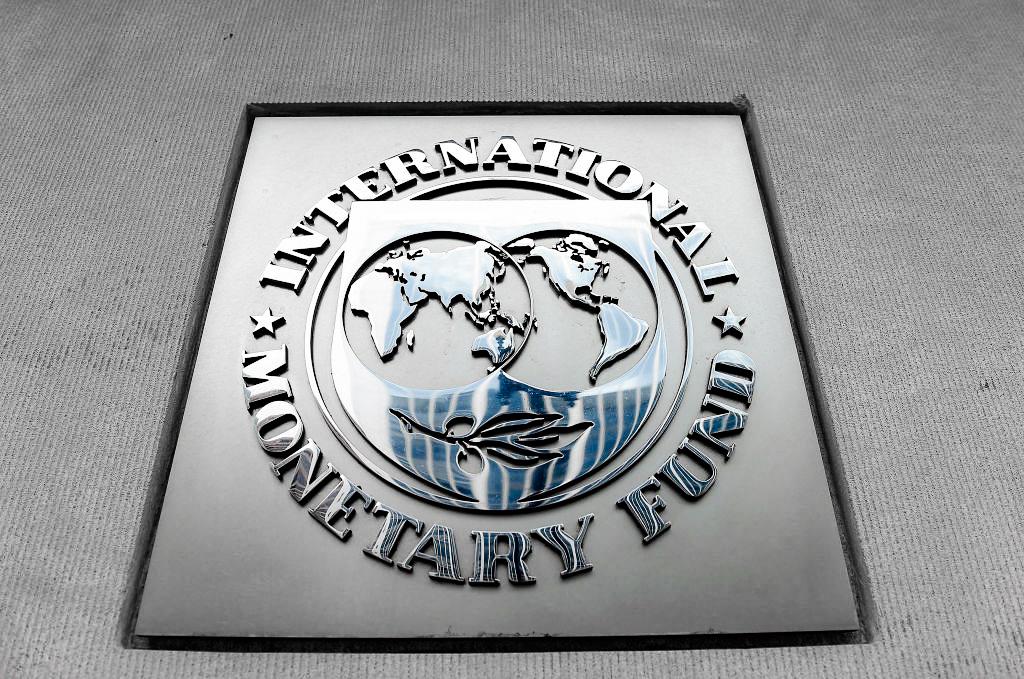U.S. generals have warned about China’s aggressive expansion and influence campaign in South America and the Caribbean, with Beijing investing in infrastructure while also pushing authoritarian governance in the region.
The CCP has “expanded its ability to extract resources, establish ports, manipulate governments through predatory investment practices, and build potential dual use space facilities, the most space facilities in any combatant command region.”
Richardson pointed out that China has used the devastation caused by the COVID-19 pandemic to boost its influence in Latin America. The region is home to 8 percent of the global population, but it suffered 29 percent of the world’s COVID-19 deaths. She estimates that 170 million people in Latin America are in poverty, with the economies of various states in the region struggling.
Amidst this crisis, the CCP came in with investments in critical infrastructure like highways, electrical dams, deepwater ports, telecommunications, and so on, she said.
General Glen D. VanHerck, Commander of the U.S. Northern Command, noted that China has made significant investments in Mexico. Around 80 percent of Mexico’s telecommunications equipment is provided by Chinese companies like Huawei, he said.
Growing Trade, Security Risk, Lack of Grand Plan
In her statement (pdf) before the House committee, Richardson highlighted China’s growing trade with Latin America and the Caribbean. In 2002, CCP’s trade with the region was only $18 billion. Twenty years later in 2022, this has ballooned to $450 billion.Richardson estimates that this number will rise to $700 billion by 2035. The United States’ current trade with the region is $700 billion, suggesting that America’s comparative trade advantage is eroding, she said.
Beijing’s investment in critical infrastructure in Latin America and the Caribbean is a major security risk for the United States, Richardson said.
In any potential global conflict, the CCP could “leverage strategic regional ports to restrict U.S. naval and commercial ship access. This is a strategic risk that we can’t accept or ignore,” she said.
Richardson pointed to CCP-sponsored companies bidding on projects related to the Panama Canal, which is a “global strategic chokepoint.” In Argentina, a CCP state enterprise is looking to secure rights to build maritime installations near the port city of Ushuaia that would “dramatically” improve Beijing’s access to Antarctica, Richardson warned.
As the United States has been absent in the region for the past 30 years, China has “capitalized on the opportunity,” he said. The Reagan government is the last American administration that had a “broad policy” for Latin America with anti-communism and the Cold War, Humire stated.
“If you go back 20 years ago, China was a trade partner of only three countries … in South America. Fast forward 10 years by 2010, [they are] the top trade partner of seven of the twelve sovereign nations in South America,” he said. “Today, they are the top trade partner of nine of the top sovereign nations in South America.”
Latin America’s growing ties with China come at a great cost to the United States, Humire pointed out. “We are not far away from the Chinese government having military outposts inside Latin America, very close to the U.S. border.”





